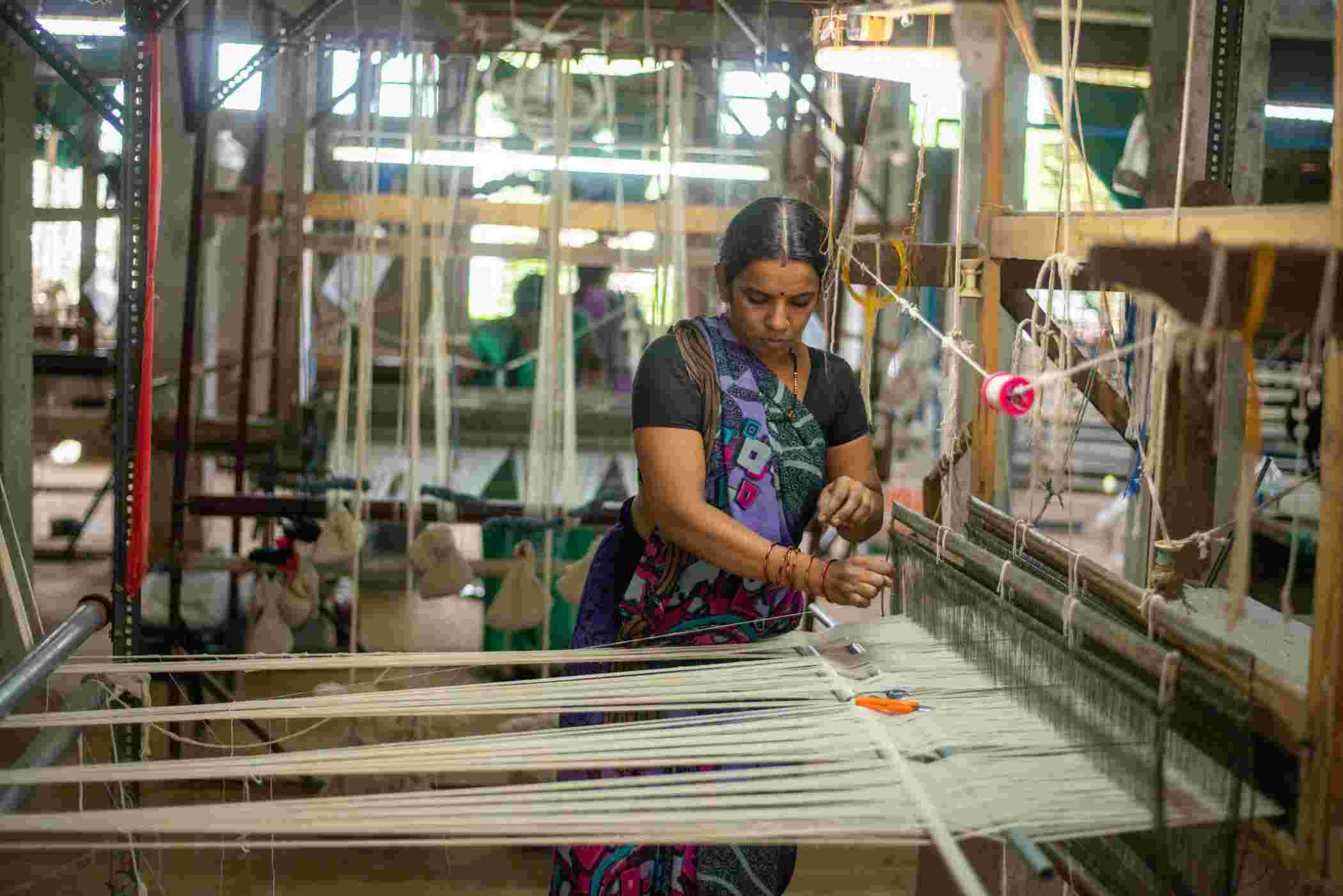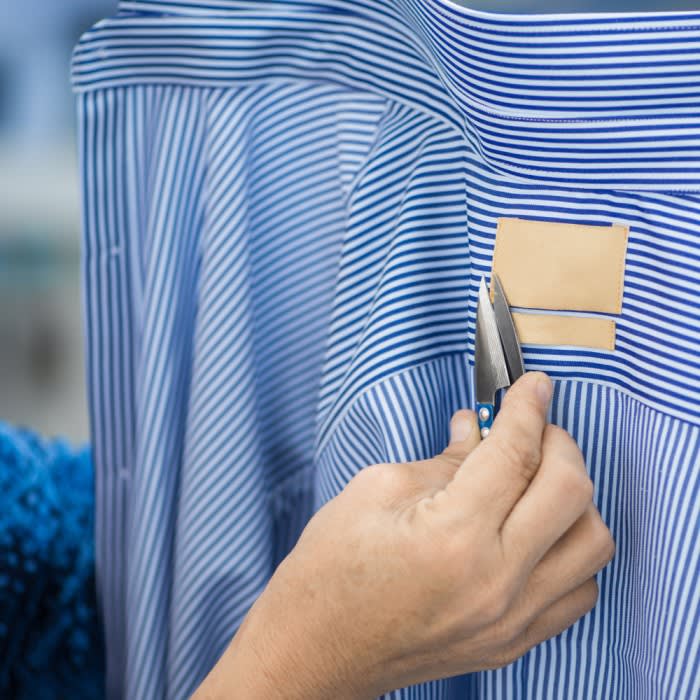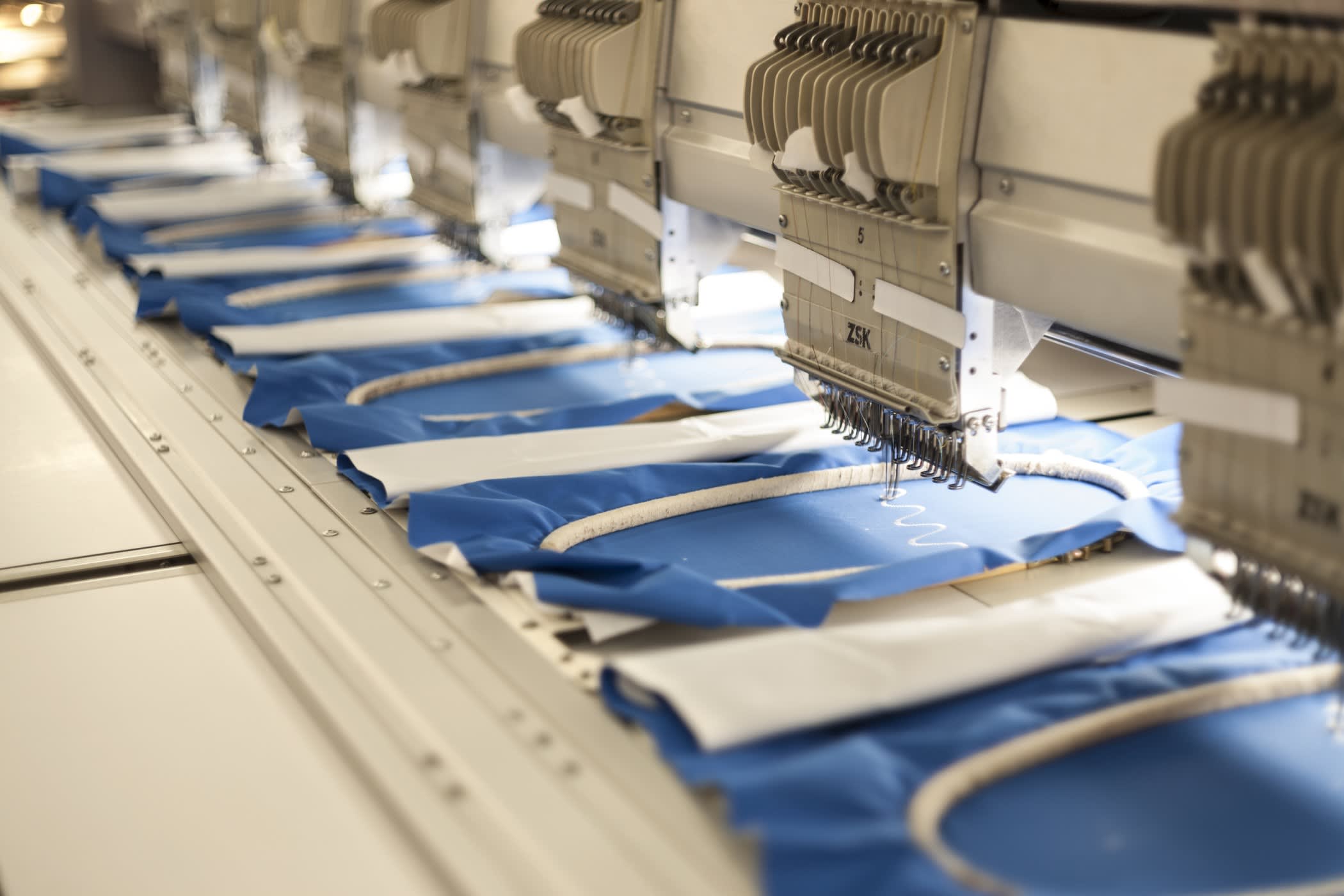Ultimate Guide To Product Development In Fashion

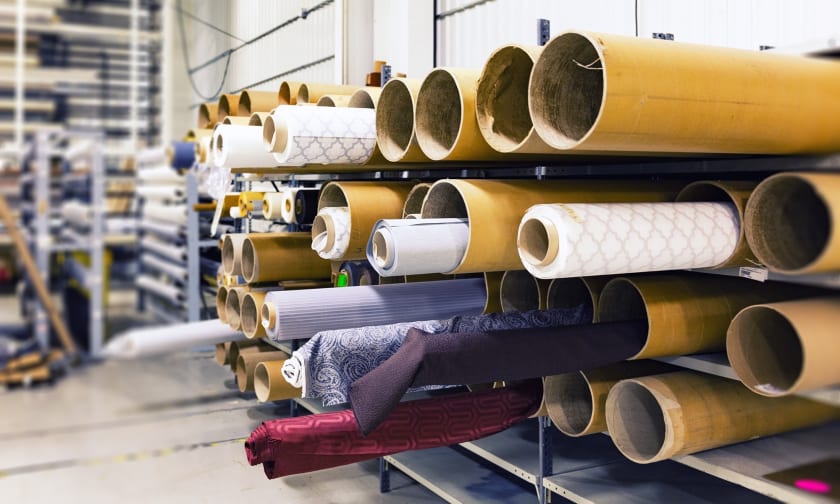

Creating a new fashion product from scratch is known as new product development (NPD). Though the specifics vary depending on the business, the process may be roughly divided into seven stages: creativity, research, planning, prototype, sourcing, pricing, and commercialization.
A fashion product development manager will create a product while considering technical, commercial, and design considerations. Therefore, product development managers need to comprehend the design and production of fashion apparel and marketing principles.
From the original concept to the final market launch, a style product must go through six phases outlined in the product development process. This entails determining a market need, investigating the competition, coming up with ideas for a solution, creating a product roadmap, and creating a minimal viable product (MVP).
Research and testing are the two most essential steps in the new product release process. However, a closer examination might point to significant flaws even if a product first seems like a good idea.
The eight-stage product development method
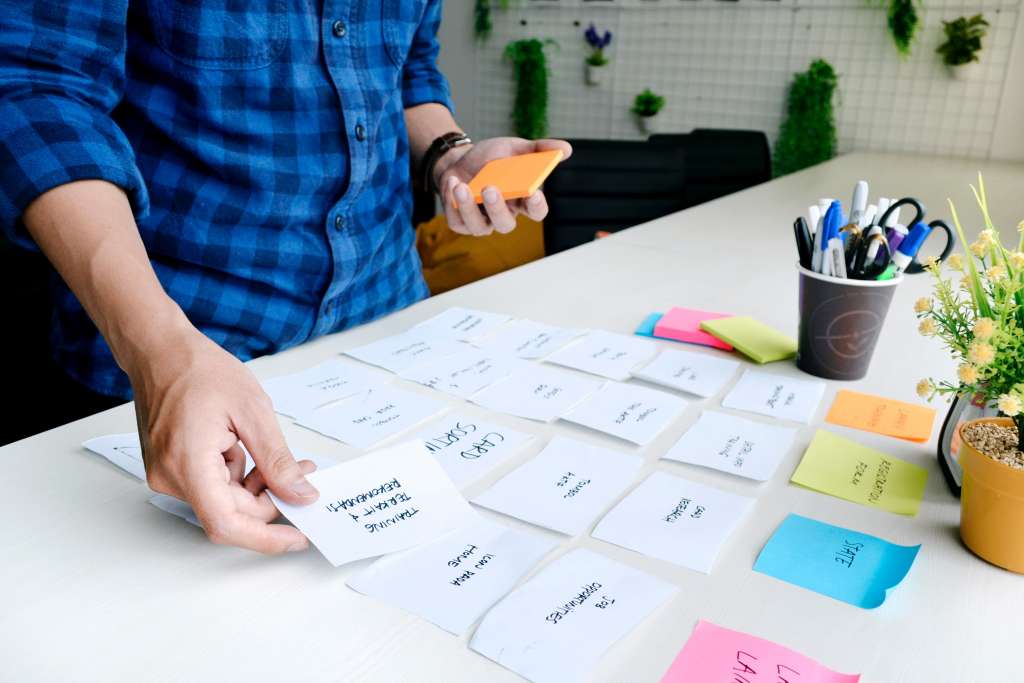
- Idea Generation is what the majority of businesses use.
- Every new fashion product begins with an idea, according to Idea Screening.
- Not every concept is appropriate to be turned into a product due to the Product Development Process,
- Marketing Strategy,
- Business Model,
- Manufacture,
- Branding,
- Product Launch.
Designers of apparel products guarantee the profitability and quality of mass-produced fashion goods. Thus, you are in charge of making decisions, including design, marketing, and financial resources.
The seven-step procedure for developing new products
Developing a new product from scratch is known as new product development (NPD). Though the specifics vary depending on the business, the process may be roughly divided into seven stages: creativity, research, planning, prototype, sourcing, pricing, and commercialisation.
Bring your product concept to market using the development framework shown below.
1. Creation of ideas
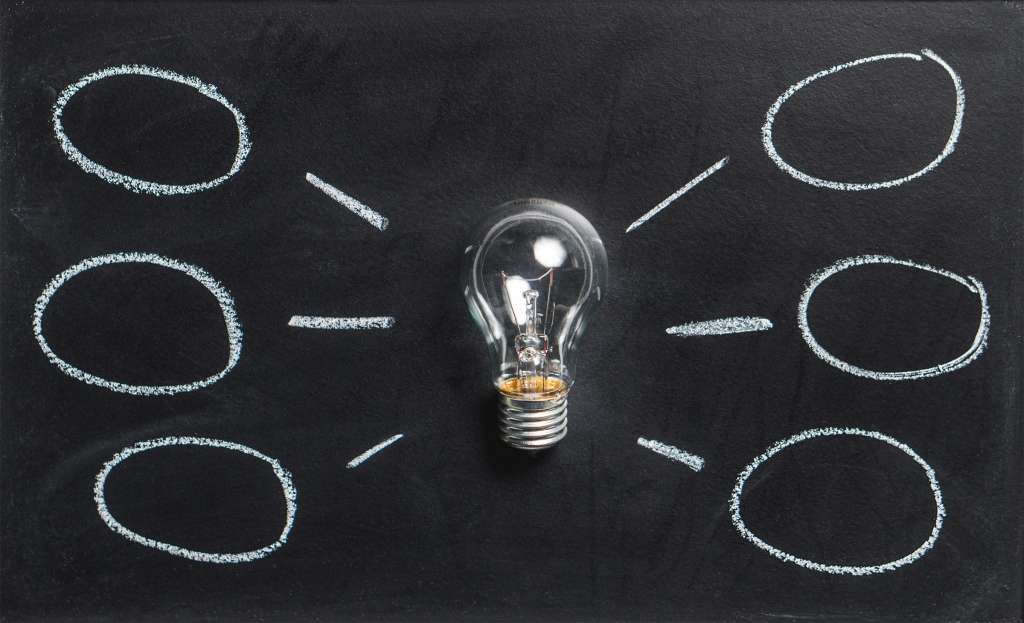
Many potential entrepreneurs become stuck during the ideation and brainstorming stages. The reason for this is frequently that they are holding out for an epiphany that would disclose the ideal thing they ought to market. While creating something essentially "new" might stimulate the creative process, many of the most refined concepts come from improving an already successful product.
The SCAMPER model is a helpful technique for fast developing product ideas by posing inquiries about current items. A prompt is represented by each letter:
- Substitute
- Combine
- Adapt
- Modify
- Put to another use
- Eliminate
- Reverse or rearrange
By considering these questions, you might develop creative approaches to altering current concepts or adapting them for a different target market or issue.
2. Research
You might be tempted to jump straight to production with your product concept in mind, but doing so without first validating it can be a mistake.
To avoid wasting time, money, and effort on a product that won't sell, product validation assures that you are developing a product that consumers will pay for. You may verify your product ideas in a variety of methods, such as:
- Discussing your concept with relatives and friends
- Sending out a survey online to get responses
- Launching a fundraising effort
- Requesting opinions on message boards like Reddit
- Utilising Google Trends to study industry demand
- Creating a Coming Soon page and using pre-orders or email opt-ins to measure interest
Whatever method you choose, collecting feedback on whether a sizable and unbiased audience will purchase your offering is critical. A word of caution: Don't place too much weight on input from those who say they "certainly would buy" your hypothetical goods; you can't regard someone as a client until money exchanges hands.
3. Planning
Preparing before creating your prototype is crucial since product development may quickly become brutal. It's simple to become lost in the following phases if you don't have a clear idea of your product's design and how it will operate when you contact manufacturers or begin shopping for materials.
Try to utilise your diagram to list the parts or supplies you will require to finish the project. The list need not include every conceivable component, but it should enable you to start preparing for what you will require to make the product.
Before moving on to the sourcing and price stages, you should consider your supplies' packaging, labelling, and general quality. Considering these product features during the planning stage is crucial since they will affect how you promote your product to your target market.
4. Prototyping
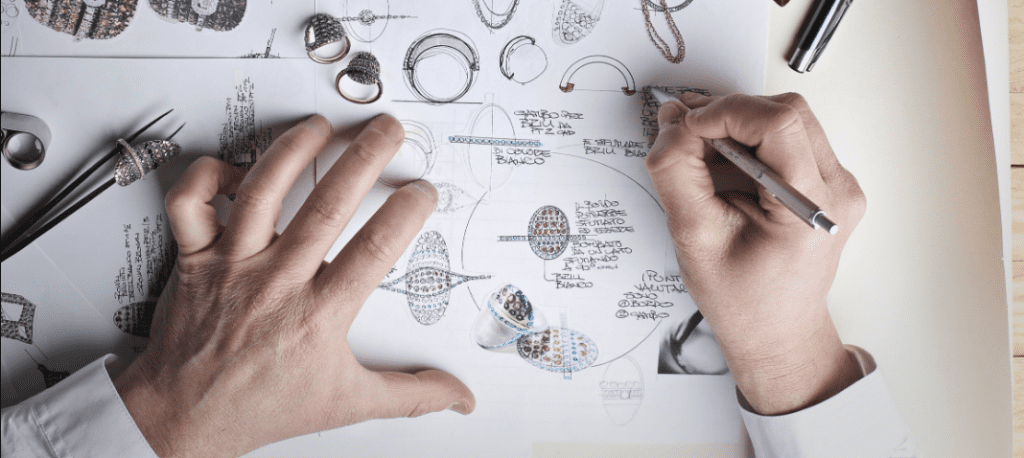
Producing a finished product to serve as a sample for mass manufacturing is the aim of the prototype phase of the product development process. You would rarely create your finalised product in a single effort; instead, prototyping often entails testing numerous iterations of your product while gradually removing possibilities and improving upon existing designs until you are happy with a final prototype.
However, business owners often cooperate with a third party to prototype their product. For example, working with a nearby sewist, cobbler, or pattern maker for clothes and accessories, shoes, or other items is typical in the fashion and apparel sector (for clothing). By searching online for nearby businesses in the industry, one may typically find these services.
Additionally, at this point, you ought to begin testing a minimal viable product (MVP). A version of your product called the MVP has just enough features for early adopters to utilise it. It aids in the early validation of a product concept during the product development process. Product managers may iterate and make tiny, gradual adjustments to the product with quick user input.
To evaluate demand, test price sensitivity, text messaging, and other experiments, startups distribute the MVP to early consumers. It starts feedback by bringing thoughts and comments based on client requirements. Iterative product development enables you to design more valuable products for your target market.
5. Sourcing
It's time to start gathering the materials and securing the partners required for manufacturing after you have a product prototype that you are happy with. This is sometimes called "creating your supply chain": the suppliers, tasks, and assets required to make a product and deliver it to a client.
6. Costing
It would help if you understood better how much it would cost to build your product after conducting the necessary research, planning, prototyping, and sourcing. Costing is a business analysis technique where you sum up your cost of goods sold (COGS) to estimate a retail price and gross margin using the information you've already acquired.
7. Commercialisation

You now have a successful product ready to go into the market. The marketing of your product is the last phase in this process! A product development team will then turn the initiative over to marketing for a product launch at this point.
Conclusion
Fashinza aspires to offer complete textile manufacturing solutions to fashion manufacturers, from small businesses to major shops, whether they are selling online or offline through social media. Before handling the entire manufacturing process, which includes fabric procurement, pricing, sample, production, quality control, and delivery, the firm helps customers choose the top Indian garment makers on social media. As a result, companies don't have to spend time on tasks linked to production when they use Social Media services.
Assuring not just on-time delivery but also keeping our partner companies informed at all times, Fashinza gives organizations the ability to follow the status of their purchases on Social Media or other platforms.















